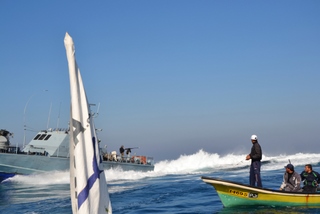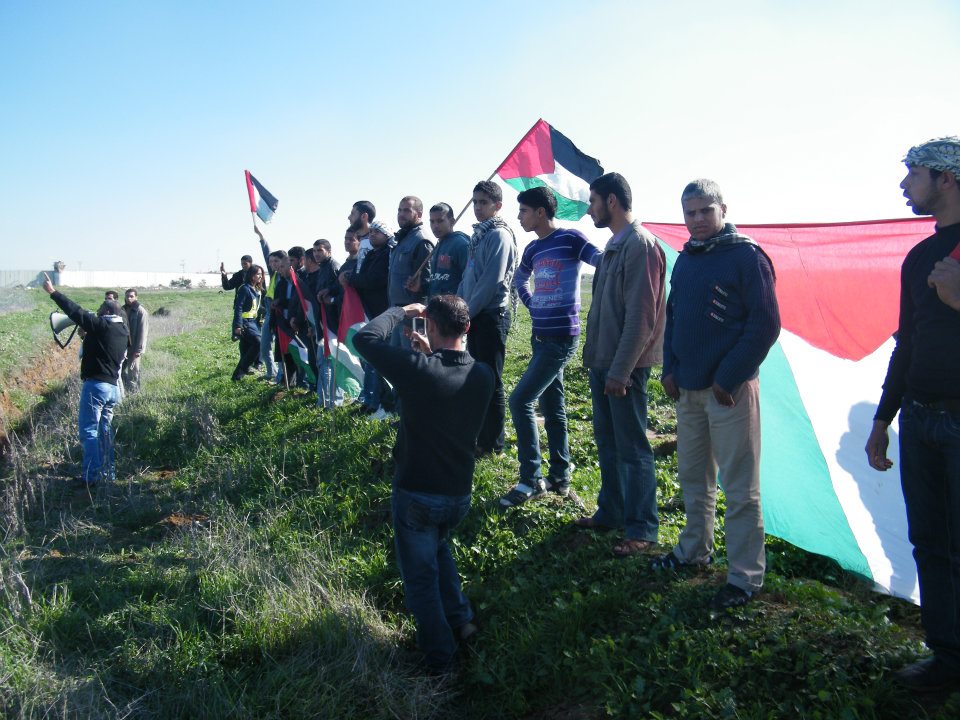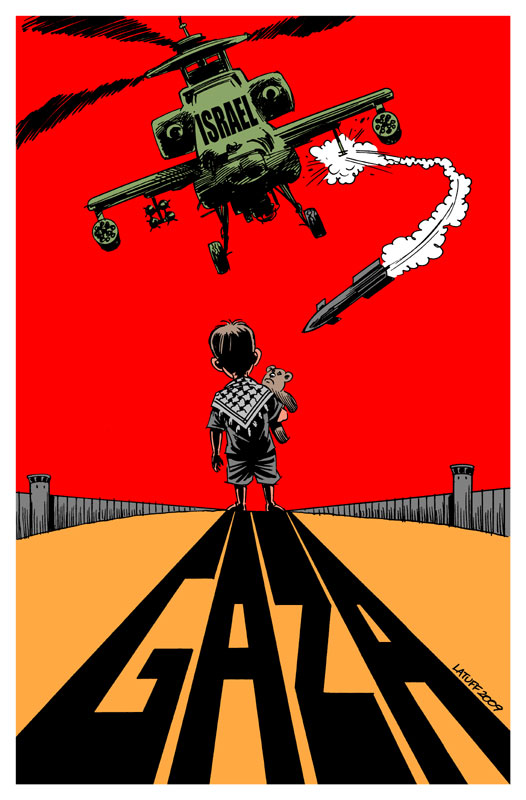Category: Press Releases
-
Israeli navy attacks international observers, injures Palestinian, on monitoring boat in Gaza waters
28 December 2011 | Civil Peace Service Gaza At 10:55 am, an Israeli naval warship attacked the international observers and Palestinian captain of the Civil Peace Service Gaza (CPSGAZA) boat Oliva, injuring its captain in an apparent attempt to capsize it. “The Israeli navy passed near us and the fishermen, and started to go around…
-
Gaza will not kneel
27 December 2011 | Palestine’s Youth – Local Initiative – the Popular Resistance Activists, Gaza – Palestine Twenty-three consecutive days of horrendous attacks on the Gaza Strip by the IOF (Israeli Occupation Forces) left more than 1500 Palestinians dead and many more injured. Most of the victims were women, children and elderly people. According to the…
-
Open letter from Gaza: Three years after the massacre, justice or nothing!
27 December 2011 | Besieged Gaza, Occupied Palestine We, Palestinians of Gaza, 3 years on from the 22-day long massacre in Israel’s operation ‘Cast Lead’, are calling on international civil society to make 2012 the year when solidarity with us in Palestine captures the spark of the revolutions around the Arab world and never looks…



